Embarking on a journey at sea is a thrilling adventure that attracts many enthusiasts to the open waters. Yet mistakes are often made by boaters before they set sail. Before hoisting the sails or firing up the engines, it’s essential to take stock of these boat fails, which could turn a dream journey into a nightmare at sea. In this article, we will talk about mistakes on board and how to avoid them before weighing anchor. Weather or planning trips are also important elements, but we won’t be focused on these.
1- Check the charge level of the engine battery before sailing
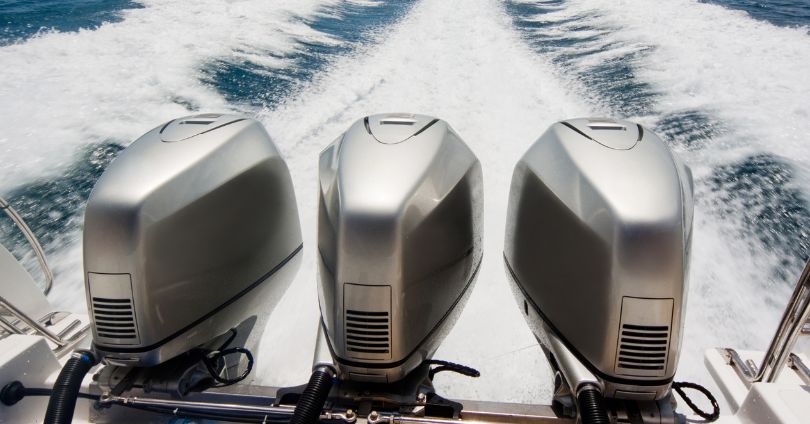
The boat engine battery is essential for several functions :
- Powers the starter motor to start the engine
- Supplies electricity to the boat’s electrical systems when the engine is off.
- Stabilizes voltage to protect electrical components
- Serves as an emergency power source in case of alternator failure
- Stores energy produced by the alternator
Imagine the following situation: you arrive at the dock, eager to start a day’s sailing. You climb aboard your boat and start it up, but instead of hearing a roaring engine, you are greeted by silence. The engine won’t start because the battery has failed.
In the best-case scenario, the battery is flat and needs recharging. This is annoying, and your navigation will have to be delayed for several hours while the engine battery recharges (for reminder, it is also advisable to avoid overloading the battery).
However, in certain cases, the scenario can get worse. If the battery type is deep discharge, the fact that it is flat can seriously damage it, and a change may be necessary. Not only will this cancel your day’s sailing, which will have to be postponed, but you’ll also have to order a new battery from a professional.
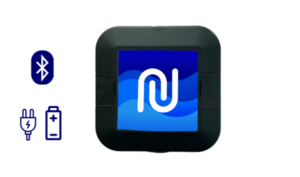
There are solutions if your engine battery fails at sea, such as a battery booster. This is a device that provides a temporary charge to your boat battery if it is discharged. But before you get yourself into such a situation, you can also check your engine battery level using the Seanapps application. This information is read by the battery voltage sensor, which sends a notification if the battery on your motorboat or sailboat is no longer powered.
The most practical solution or installing your connected boat system could be Seanapps with a ready-to-install pack! !
2- Check your fuel level
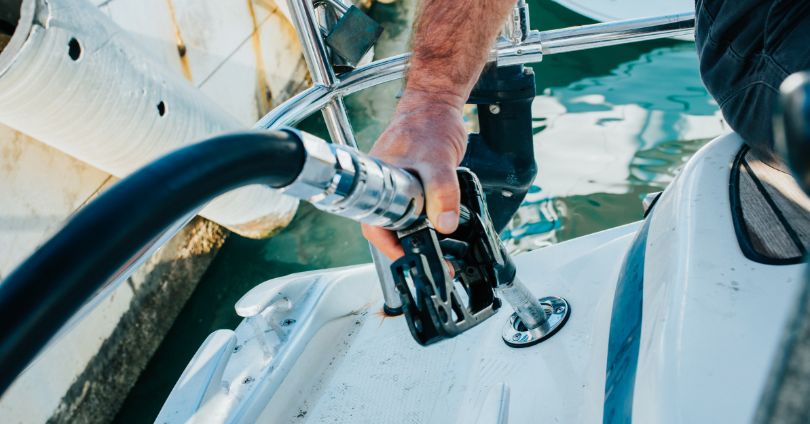
You remember the fuel level when you get on board, but not often when you leave your boat behind. Let’s speak about an embarrassing situation that has already befallen many boat owners. The owner arrives at the port to find that the fuel level is insufficient or non-existent, queues up at its only petrol pump and must delay the start of his journey.
This is a boring case but imagine that you are already sailing in the middle of the ocean: the engine stops because it runs out of fuel. This is usually the moment when boat owners forget to look and fill up before setting off! This is a safety issue that can lead to running out of fuel and, in the worst case, the boat running aground.
To avoid this kind of situation, a connected boat application such as Seanapps can give you this information before your trip. Consulting this data before you arrive on the dock makes it easier to plan ahead! You can fill up the tank yourself or contact your dealer via the Seanapps messaging system to have the fuel level adjusted before your trip out to sea.
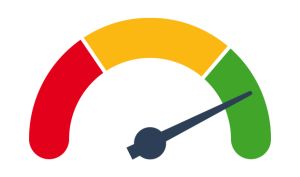
3- Check the water level in the bilge
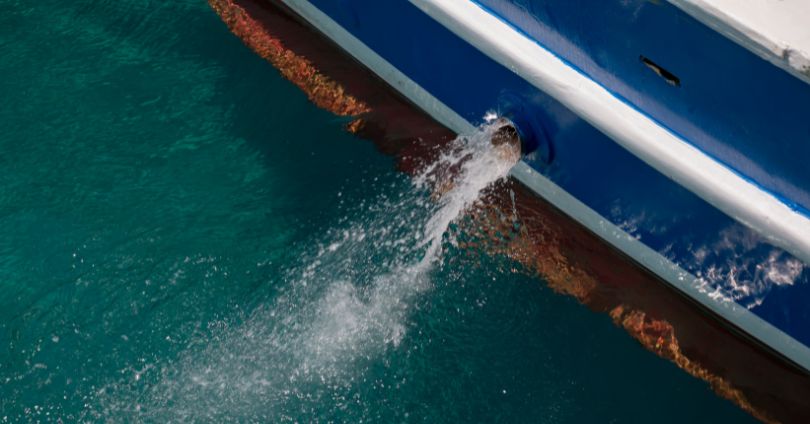
There’s nothing worse than leaving your boat in port and coming back with plenty of water on board! Checking the water level in the bilge is essential before your boat looks like a swimming-pool! If you don’t look before sailing, dozens of liters of water can invade your bilge, rising with the boat’s movements and affecting the furniture (like upholstery and woodwork, which don’t like humidity). Several liters of water in the boat also adds weight, leading to higher fuel consumption and higher fuel costs later on. But other more serious scenarios can happen, for example if you forget to close the hatch. If left open after a sail can become an entry point for water, maximizing the chance of your boat sinking the next time you arrive in port.
To prevent water accumulating on your boat, you can add things such as a bilge pump. This device evacuates the water inside. Its installation makes navigation safer, particularly in the event of water ingress. Bilge pumps are generally fitted as standard on the most modern boats. Use of a drain plug can also be a solution to prevent the water problem inside the boat.
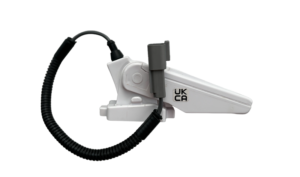
With the bilge high water sensor of Seanapps, no need to worry about excess water in the bilge. This sensor, which can be used on a motorboat, yacht, sailboat or catamaran, constantly monitors high water levels in the hold. In the event of a critical rise in water levels, you’ll receive an alert directly on your smartphone.
4- Check your oil level
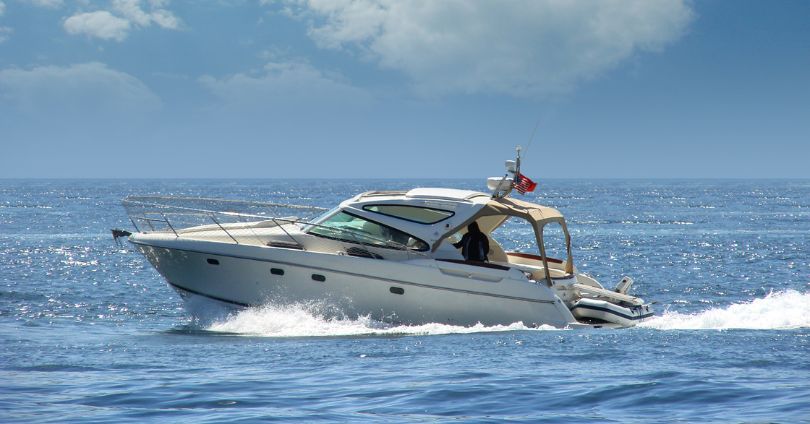
Imagine your engine is poorly lubricated by the oil. Lack of lubrication leads to clogging of parts, slowing down their activity, which in turn reduces the engine’s power, impacting your performance. But underestimating this argument can lead to engine parts breaking, which is anything but pleasant if you’re out at sea.
Of course, Seanapps can help you with this problem. By consulting the engine oil pressure from the mobile app, you can anticipate and adjust it, thanks to notifications sent in real time, if the pressure is not sufficient.
5- Make sure you check the boat’s equipment

Failing to check your equipment before setting off can lead to situations ranging from embarrassing to critical.
Let’s take the example of the generator, essential for the onboard power supply. Its role is crucial, especially if a power failure occurs while you’re sailing at night, turning a simple outing at sea into a potentially dangerous situation. With Seanapps, this mishap could have been avoided thanks to Gen set ignition sensor, with data updates every 4 seconds, ensuring that everything works with the presence of electrical voltage on board.
Next, let’s consider the water tank. Not checking the water level before departure can mean having no drinking water available at sea, which is problematic on a hot day. The Seanapps app offers a simple solution by displaying the water level in the tank, allowing you to make sure it’s sufficient before leaving the dock.
Finally, air conditioning. Not checking that it’s working properly can make your stay on board uncomfortable, especially in hot weather. Seanapps, with its air conditioning ignition sensor, could alert you to any malfunction before it becomes a problem, ensuring a cool and pleasant environment during your journey.
6- Boat maintenance: A guarantee of safety and longevity
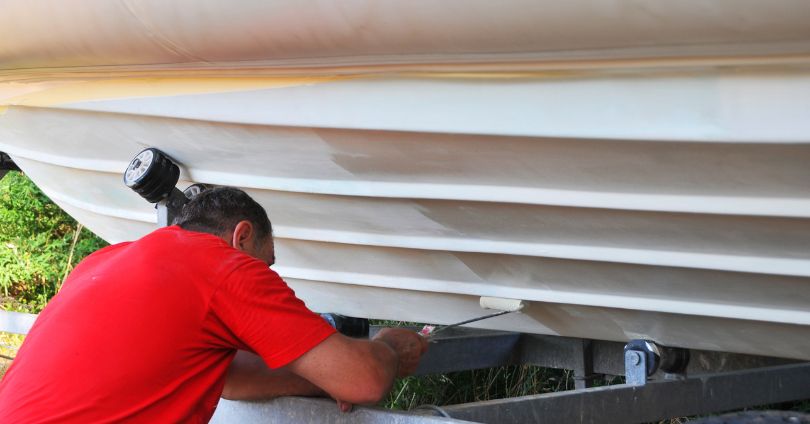
Regular maintenance of your vessel’s parts is important. Boat maintenance costs could quickly rise if you don’t keep an eye of them. That’s because the total replacement of a part (which is more likely if you don’t maintain your boat) is more expensive than a simple overhaul or repair.
Maintaining your boat starts with visual inspections before and after each sea trip (like the points made above, for example) and continues at your dealership. These maintenances can be annual or more regular.
How do you know when to carry out these maintenance operations?
The maintenance feature of the Seanapps mobile app can inform you of your next service, schedule and record everything your dealer has done on your boat.
Dealers guarantee quality maintenance, based on your boat’s user manuals.
Conclusion
Avoiding these mistakes can seem complicated and requires a great deal of investment for boaters. However, it will extend the life of your boat, and can be an important argument when it comes to resale. But, what are the best tips to sell your boat quickly?
Discover Seanapps sensors
Outboard motor anti-theft sensor
€79
Temperature and humidity sensor
€79
Shore power sensor
€149


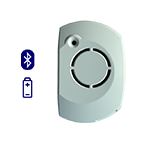
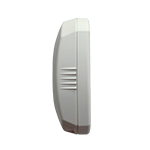
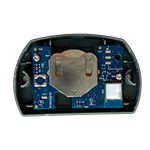
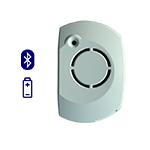
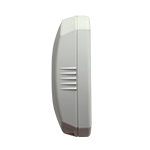
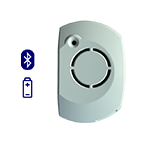
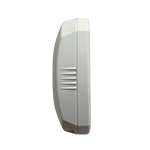
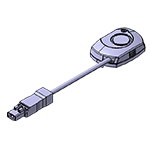
0 Comments